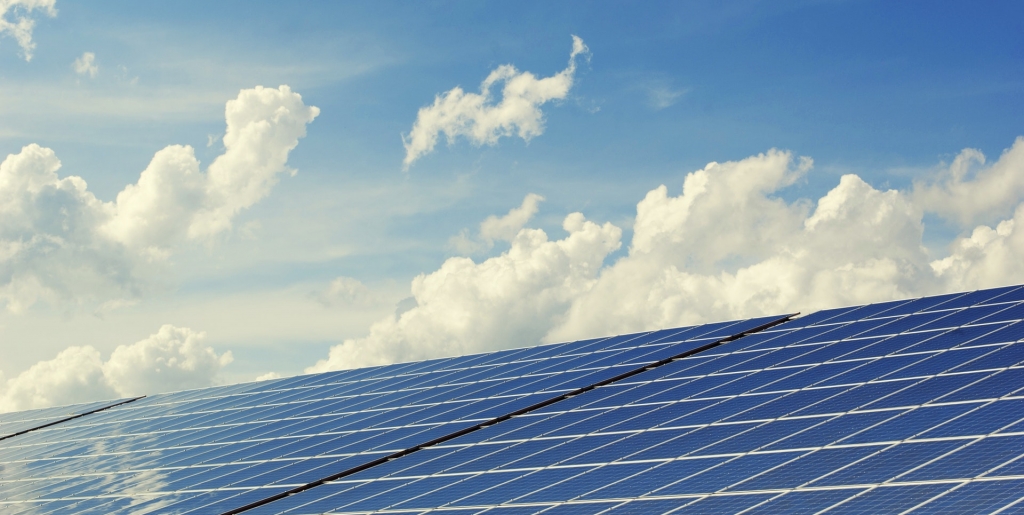Solar Financing
@page { margin: 0.79in } p { margin-bottom: 0.1in; direction: ltr; color: #000000; line-height: 115%; orphans: 2; widows: 2 } p.western { font-family: "Calibri", sans-serif; font-size: 11pt; so-language: en-US } p.cjk { font-family: "Calibri", sans-serif; font-size: 11pt } p.ctl { font-family: "Times New Roman", serif; font-size: 11pt; so-language: ar-SA }
For many parts of the world solar power is changing the power game. Still in its nascent phase (as compared to electric, gas or hydro power), the beauty of solar power is it is non-contaminating, completely renewable, and a safe way to live and provide for future generations. The problem however with renewable energy sources like solar for example is their cost. Because they are not widely accepted nor implemented, energy sources like solar cost more to operate, and while the savings are real, they take a long time to feel, economically speaking.
With that said, solar power is real and solar financing is what’s needed to put it into play. There are several ways to finance a solar project, and one of the most frequent are solar loans. With a solar loan, you the user owns the system and because of this are entitled to receive all the incentives and rebates (one of which is the Investment Tax Credit – 30%). There are now zero-down solar loans which were unheard of decades ago, so getting in the game has never been easier.
The benefits of a solar loan are again, ownership, plus the loan is taken out to finance the full cost of the system, one that you repay over time. As mentioned earlier, $0 down loans are now available and there are also a range of providers to choose from. A solar loan is a good option if you want to own your own solar panels but don’t have the cash on hand to pay. They’re also a good choice because with a little effort, your home value will increase as a result. Solar loans are explicitly used to install panels on a home, and typically that’s it. Like most loans, you have a principal amount, the agreed upon interest rate (annual), monthly payments and a payback period. An example would be a loan for $20,000 at a 4.5% annual interest rate and a payback period of 15 years.
Next up are solar leases. Also known as power purchase agreements (PPAs), leasing a solar system provide lots of benefits without having to pay for them. With a lease, a third -party owner will install the panels and in exchange you will pay them below-market rates to use the electricity generated from said panels. This will save you up to 30% per month without an upfront investment. Second, the third-party owner is responsible for the installation as well as the removal or sale of said panels after your usage. In a way, this frees you from any depreciation or wear and tear issues. A big disadvantage of leasing however are the tax credits and rebates, and any other government incentives do not go to you, but rather the third-party owner.
There are a handful of other solar financing options, but the loan and the lease are the main two, and today, the only two that should be considered first. If for some reason either do not make sense, do some additional online digging. But for 95% of you reading this, it’s a loan or a lease, period.


Comments:
Login to leave a reply